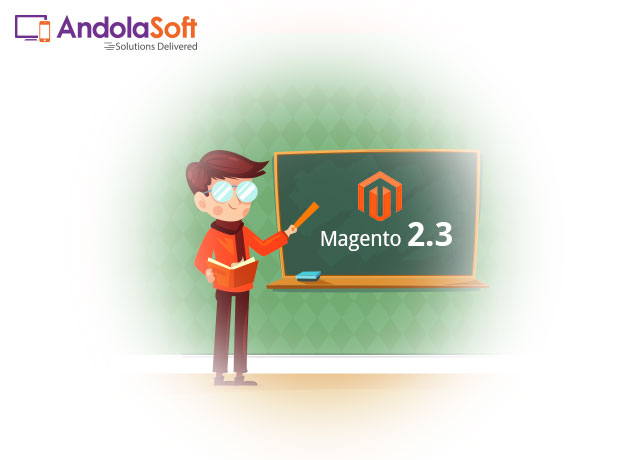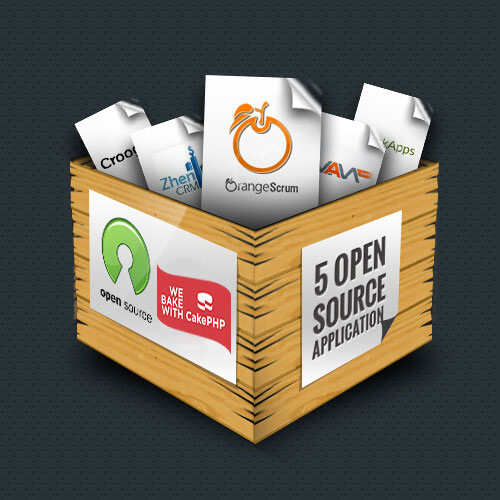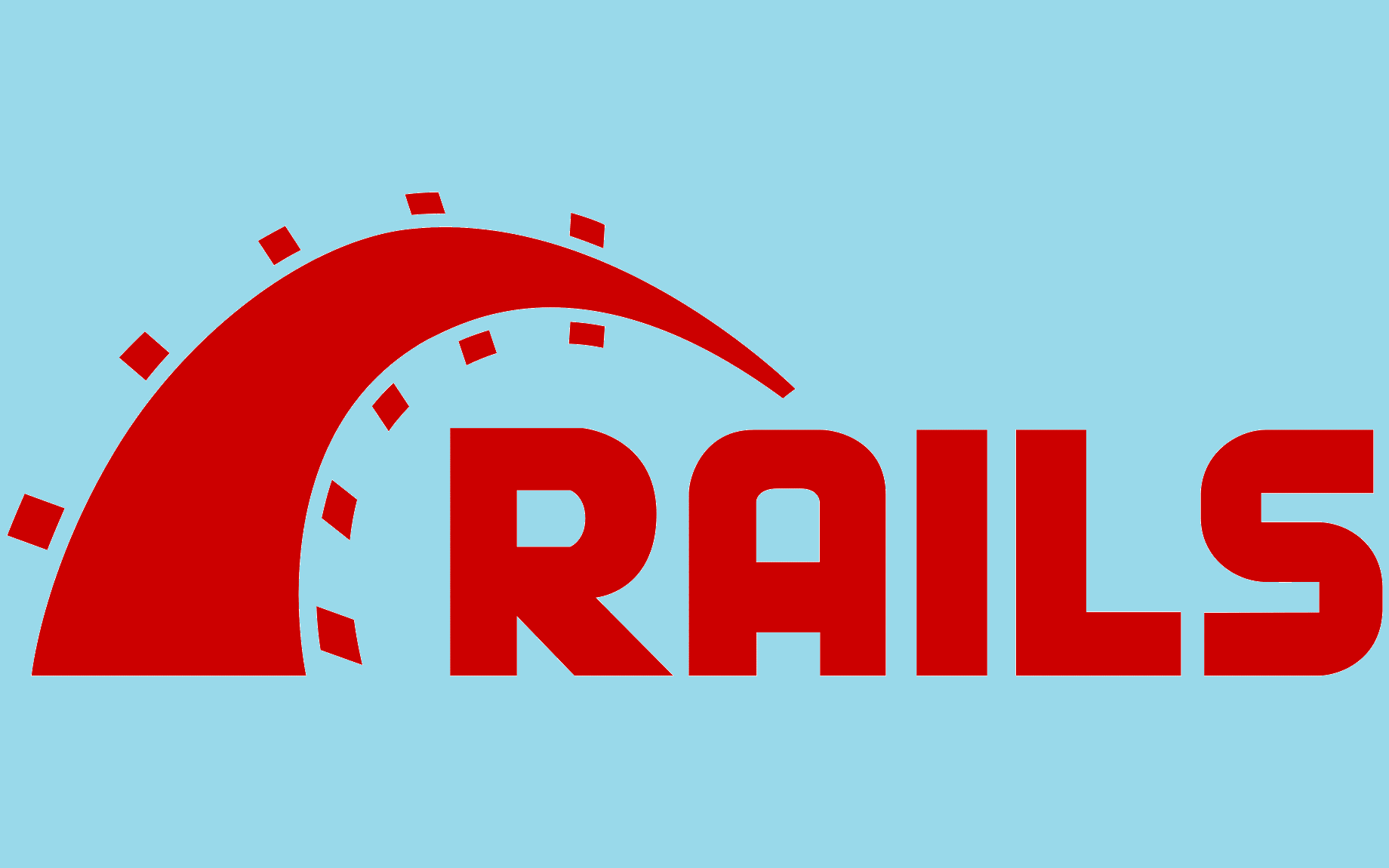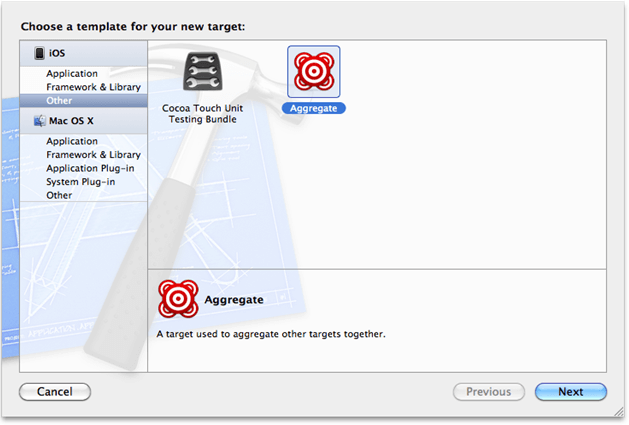Finally, the latest Magento 2.3.0 is now officially released! It combines with many new tools that improve both merchant, developer experience, as well as enhance its performance.
So, what exactly does this latest platform version have in store?
In a nutshell: Performance, security, and innovation. The features of Magento 2.3.0 have been elevated to a whole new level, building upon their already robust capabilities.
According to the official release notes of Magento 2.3, this update introduces a multitude of functional fixes, supercharges performance, and bolsters security through numerous updates.
Never miss an update from us. Join 10,000+ marketers and leaders.
The enhancements in Magento 2.3.0 are set to transform the way we approach e-commerce, opening up exciting possibilities for merchants and developers alike.
Let’s dive into the key features and benefits that await, and witness the future of online business unfold!
Core Features Based On:
- Tools to personalize content and add local preferences.
- Build and manage all channels and experiences via a single code base, one deployment and app.
- Intuitive user experience with innovative commerce and CMS theme.
- Module component architecture to help drive opportunities for extension providers.
- Purpose-built developer tools for fast prototyping, helpful debugging, rich feedback, and increased productivity
(Source: magento.com)
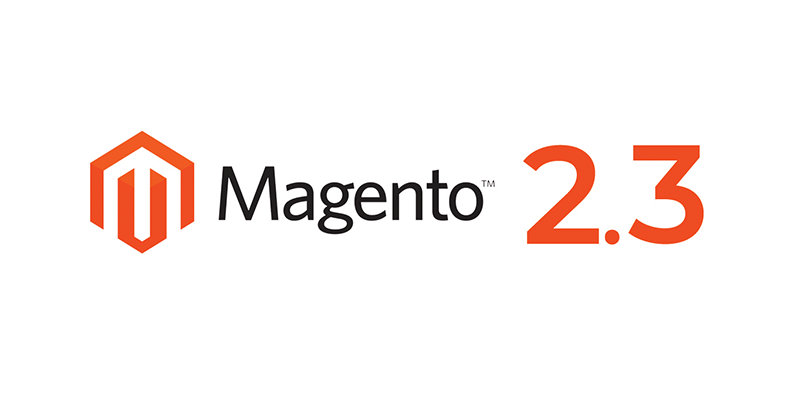
Improved Experience
The new release has features to increase the performance level be delivering the resources faster by lessening the burden on the server.
- Magento 2.3 now supports the newest version of PHP 7.2. In result, you will get higher security, better performance, and a lot of many new development features at your Magento resource.
- The all-new encryption and decryption will now be handled by the sodium library in it which will remove the PHP encryption module ‘mcrypt’ and migrate to Libsodium for password hashing.
- The GraphQL API is now available on Magento 2.3. This API makes available an alternative to REST and SOAP web APIs for custom frontend development, as well as headless storefronts and PWAs. You can take this advantage in getting more refined data with fewer API requests.
- Asynchronous Web APIs feature will allow any previous Magento REST APIs to be called asynchronously. This community-contributed element includes separate status APIs that have been formed to check the position of each request. Developers can now use the asynchronous APIs in combination with queues that have also been migrating to Magento App Development.
- Both Magento commerce, Message Queue are now available in Magento 2.3.0. It’s available as “limited only” before . It allows asynchronous communication between systems. In short, it simplifies the strain on the application band enhances the performance of your Magento store.
- Another features have been included to the New Release is Declarative Database Schema. It would simplify the installation and upgrading procedure for Magento and the extensions. The Declarative schema reduces the need for many database scripts, eliminating the need to retain these scripts. This feature also supports split and shared database structures and database structure confirmation.
Substantial Security Enhancement
The new release brought over 30 securities fixes to core Magento code including the two-factor authentication features.
Are you looking for a Magento developer
In addition, it also has the Google Authenticator, Duo Security, U2F Devices features now support this service.
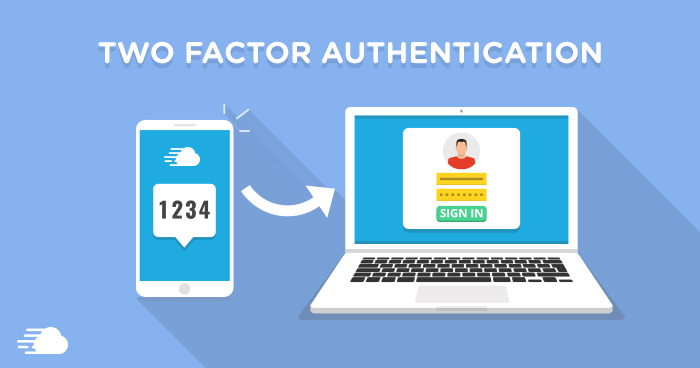 Image Source: CloudWays.com
Image Source: CloudWays.com
- The Two Factor Authentication or CAPTCHA protects the Admin panel against stolen passwords and affects stores against bots.
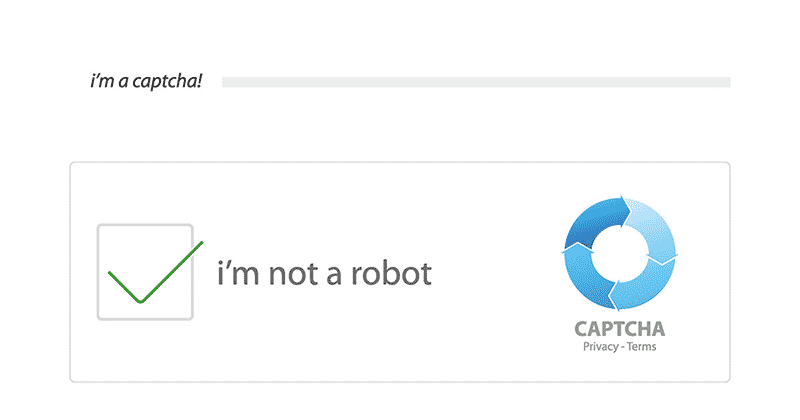 Image Source: Dropified.com
Image Source: Dropified.com
- The security features also include Cache flush ACL, which grant granular access to cache management settings to avoid accidental modification that may potentially affect system performance. This ACL also lets merchants control which administrative users can clear site caches.
Bundled Extension Enhancement
The Core extension like Amazon Payments, Dotmailer, Klarna Payments, Magento Shipping, Vertex is now supporting on Magento 2.3.0.
Other Helpful Improvements
- Inventory management/ MSI is available on Magento 2.3.0. This feature would help to control over order and shipment options and will give the full control over the stock store directly from the admin panel.
- The New Updated version has the PWA Studio feature. It is a set of tools that support the development, deployment, and maintenance of progressive web applications.
- Through Page Builder features, a merchant can easily customize the look and fill their store by drag and drop visual content editing tool. You can also integrate third party contents such as YouTube, Vimeo videos, and Google Maps.
Conclusion
Unlock the full potential of e-commerce with Andolasoft‘s specialized Magento app development company. Our team of skilled developers possesses in-depth expertise in harnessing the capabilities of Magento to create extraordinary online shopping experiences.
Whether you need tailor-made theme customization, powerful extensions, or seamless third-party integrations, we have you covered.
With our reliable and cost-effective solutions, your business will soar to new heights, captivating customers and driving exceptional growth. Hire our magento developer to transform your e-commerce venture and stay ahead in the dynamic digital landscape.
